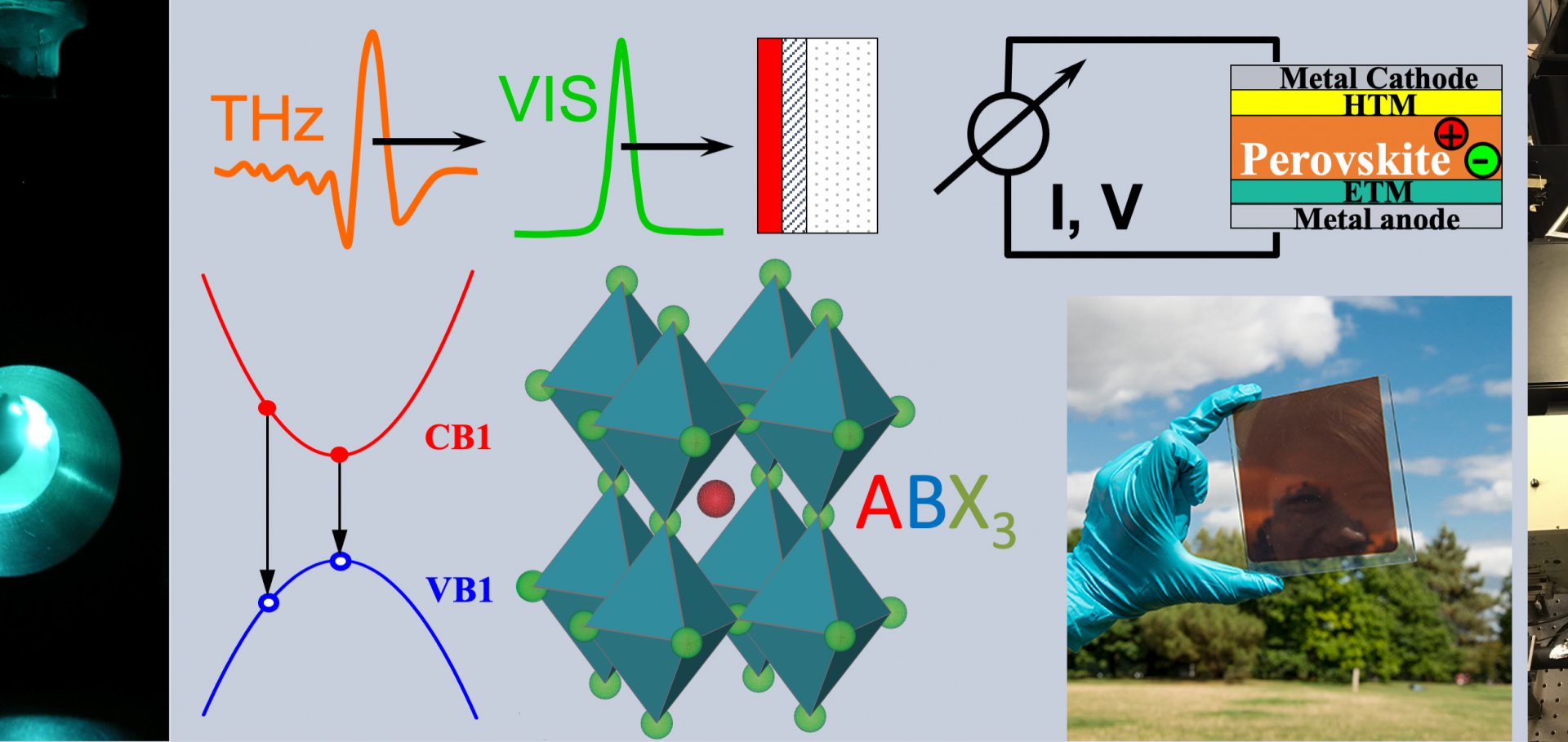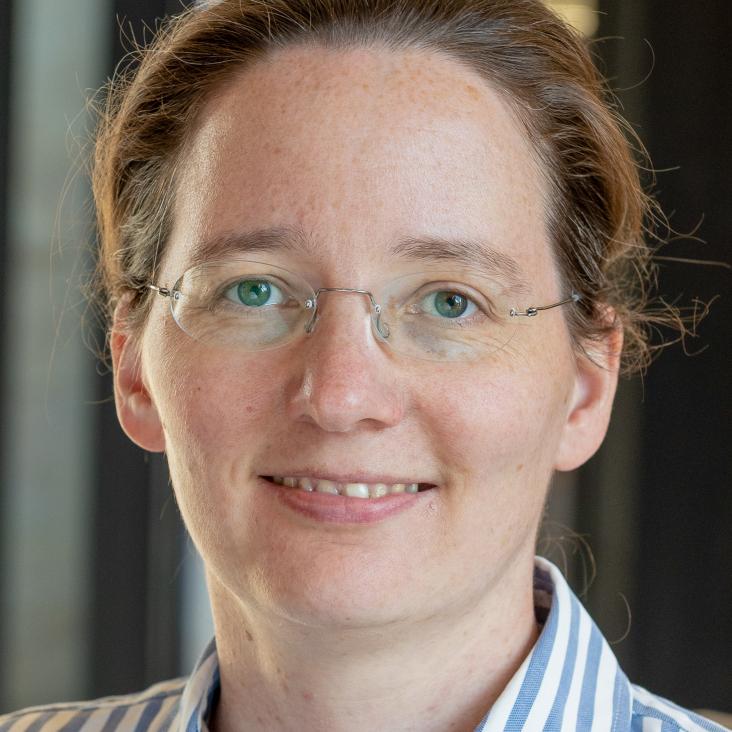Photoexcitation dynamics in thin films of insulated molecular wires
Applied Physics Letters 89:23 (2006)
Abstract:
A study is presented on how encapsulation of conjugated polymer chains affects the motion of photoexcitations and the formation of interchain aggregates in solid films. It is shown that threading of a poly(diphenylene vinylene) backbone inside insulating cyclodextrins (rotaxination) and/or complexation of the chains with poly(ethylene oxide) are effective means of preventing the diffusion of excitons to nonradiative defect sites. Ultrafast time-resolved photoluminescence data reveal that excitation transfer between encapsulated chains is still possible and, for the case of rotaxination, is likely to be facilitated through close packing of end groups belonging to adjacent chains. © 2006 American Institute of Physics.Charge trapping in polymer transistors probed by terahertz spectroscopy and scanning probe potentiometry
Applied Physics Letters 89 (2006) 112101 pp3
Charge trapping in polymer transistors probed by terahertz spectroscopy and scanning probe potentiometry
(2006)
Influence of copolymer interface orientation on the optical emission of polymeric semiconductor heterojunctions
Physical Review Letters 96 (2006) 117403 4pp
Influence of mesoscopic ordering on the photoexcitation transfer dynamics in supramolecular assemblies of oligo-p-phenylenevinylene
CHEMICAL PHYSICS LETTERS 418:1-3 (2006) 196-201


